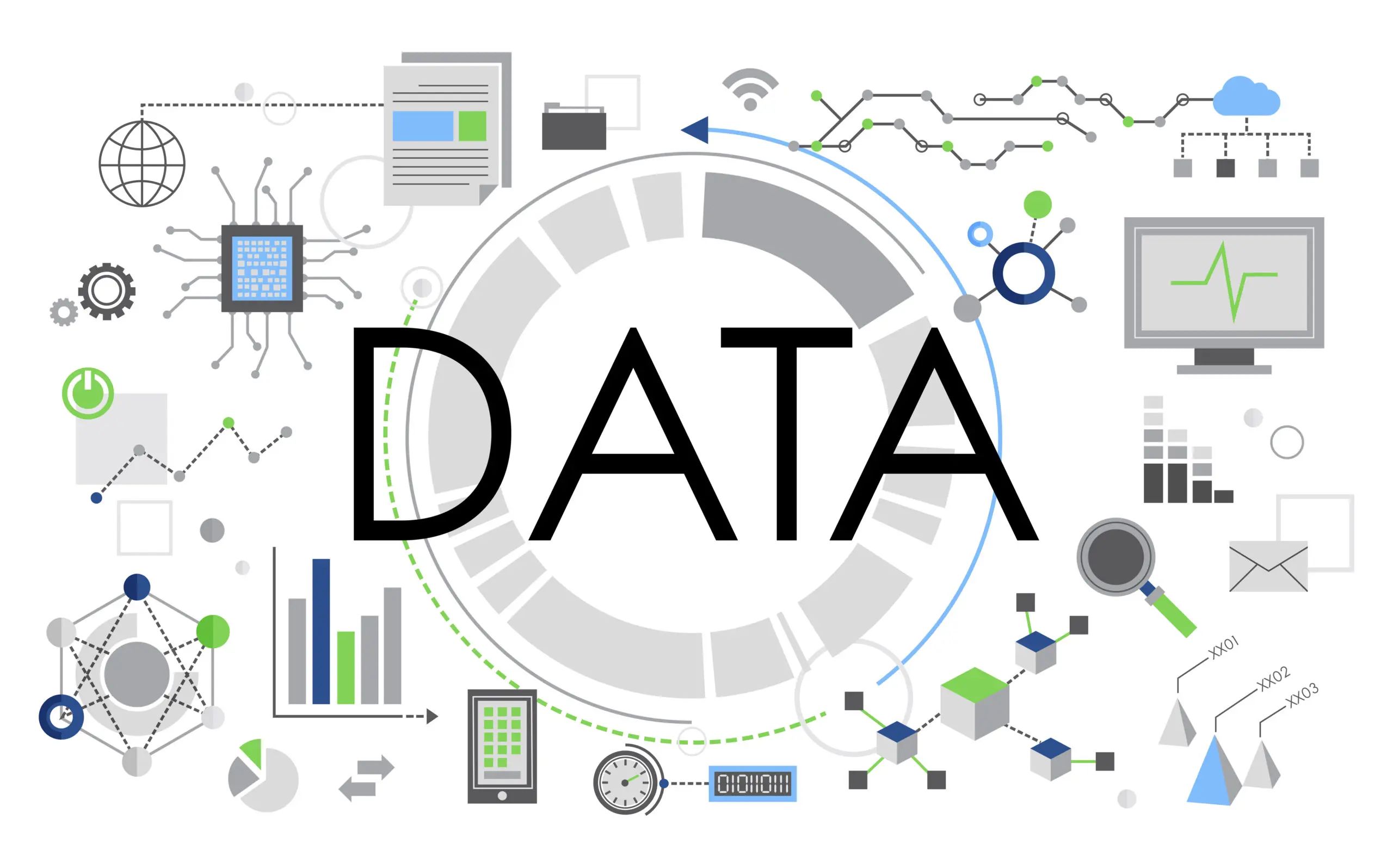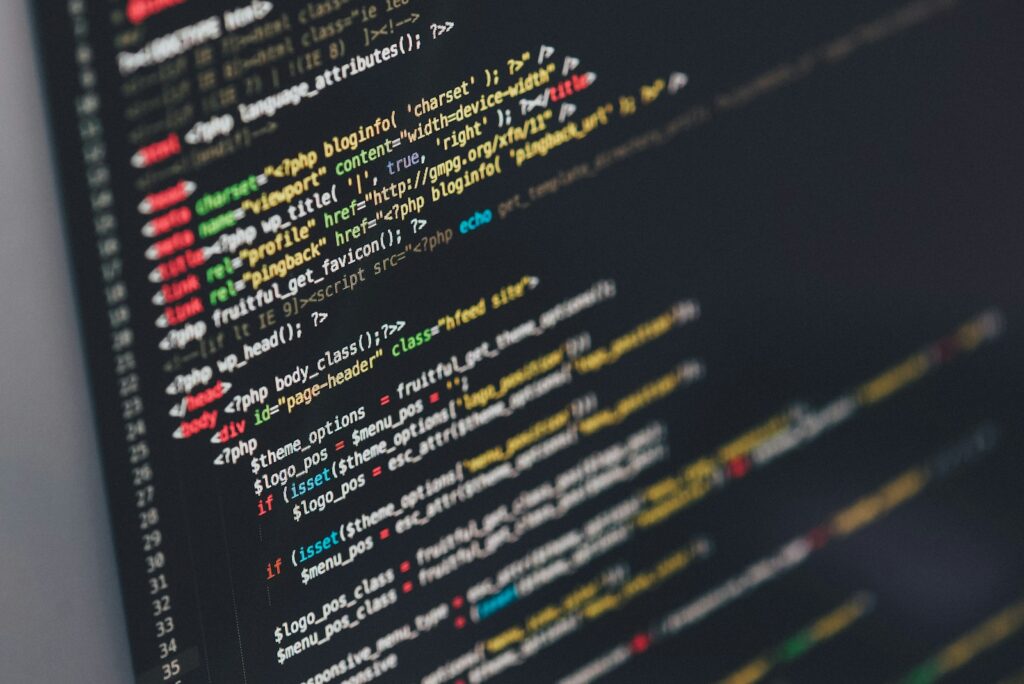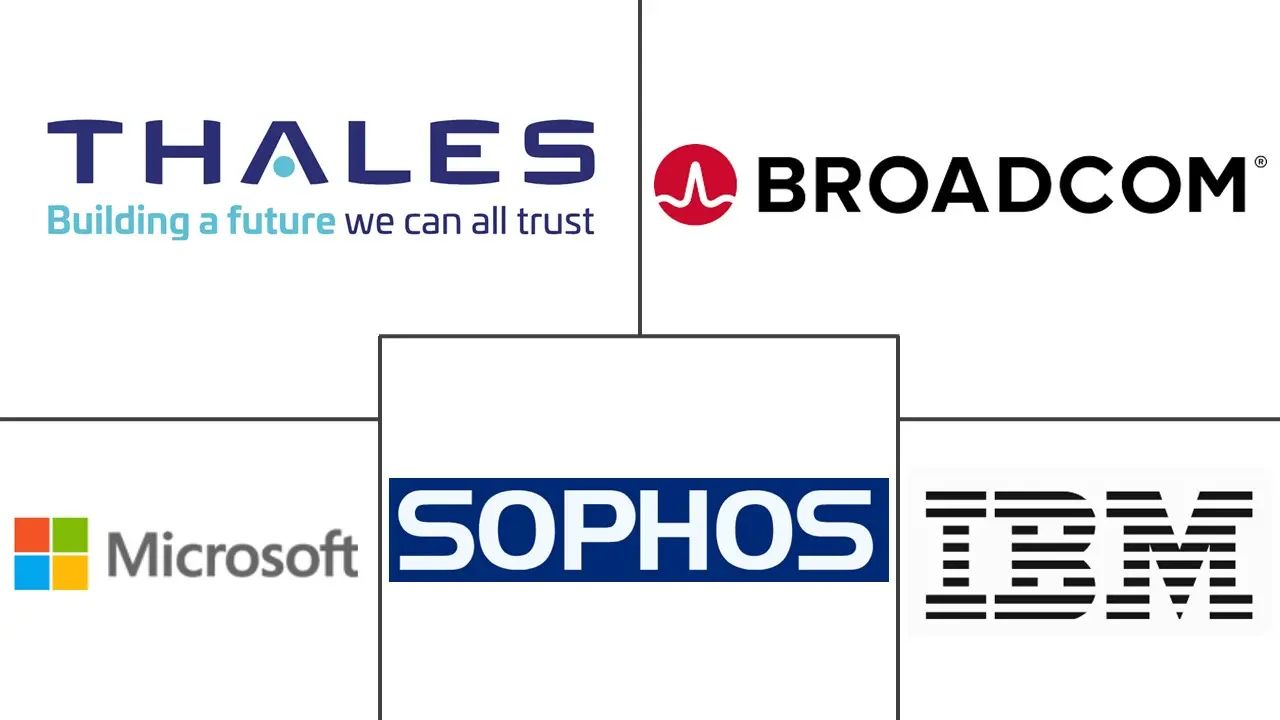
In today’s hyper-connected world, data is often hailed as the new oil—an invaluable resource driving innovation, decision-making, and competitive advantage across industries. Yet, beneath the surface of this data-driven economy lies a shadowy underbelly: the data black market. Here, stolen analytics and compromised details are bought and sold with alarming ease, impacting businesses and consumers alike. As firms race to harness the power of data, the illicit trade in analytics reveals the darker side of a technology-driven landscape, where vulnerabilities are exploited and trust is eroded.
The scale and sophistication of this underground ecosystem have reached unprecedented levels. Cybercriminals are no longer just individual hackers; they are rapidly becoming large-scale data brokers, weaponizing and monetizing stolen personal information at every stage of their operations. This shift marks a significant transformation in the threat landscape, as highlighted by Europol’s 2025 Internet Organized Crime Threat Assessment (IOCTA), which starkly warns that data exploitation is now deeply embedded across the entire cybercrime lifecycle.
Our journey into this complex and dangerous world will uncover how cybercriminals operate, the insidious value they place on our digital footprints, and the cutting-edge methods they employ to turn sensitive information into illicit profit. We’ll examine the core commodities, the platforms that facilitate this trade, and the ever-present vulnerabilities that continue to expose individuals and organizations to substantial risk, demanding a deeper understanding of this clandestine economy.

1. **The Evolution of Cybercrime: From Hackers to Data Brokers**The landscape of cybercrime has undergone a profound transformation, moving far beyond isolated acts of digital intrusion. According to Europol’s 2025 Internet Organized Crime Threat Assessment (IOCTA), cybercriminals are no longer merely hackers; they are rapidly evolving into sophisticated, large-scale data brokers. This evolution signifies a fundamental shift, where the focus has moved from simply breaching systems to the systematic weaponization and monetization of stolen personal information at every single stage of their operations.
The IOCTA report emphasizes that data exploitation is now a pervasive element embedded across the entire cybercrime lifecycle. This means that from the initial infiltration of systems to the final sale of compromised data on encrypted platforms, the value and utility of stolen information are constantly being leveraged. Moreover, everyday online environments—such as e-commerce sites, social media, and gaming platforms—are increasingly being misused for a variety of nefarious activities, including grooming, radicalization, and widespread financial crime, underscoring the broad impact of this evolving threat.

2. **Personal Data: The Core Commodity Fueling Modern Cybercrime**Europol clearly states that personal information has transcended its former role as a mere byproduct of cyberattacks. It has now become a core commodity, a foundational element that actively fuels a wide array of devastating cybercrimes. This includes the proliferation of ransomware attacks, sophisticated financial fraud schemes, widespread identity theft, and even the abhorrent practice of child exploitation, highlighting the critical importance and destructive potential of compromised personal data.
Social engineering continues to serve as the most common and effective entry point for these malicious activities. While the American public has demonstrated an encouraging understanding that personal data is valuable and requires strong cybersecurity, there remains a significant gap in their awareness. Many are well-aware that threat actors want their data, but often understand little else—like what actually happens to stolen data, who buys it, and how it can be used once exfiltrated from secure systems.
To effectively defend against this rising tide of cybercrime, particularly regarding the security of customers’ and employees’ data, enterprise Chief Information Officers (CIOs) must possess a thorough understanding of the intricate workings of the data black market. This knowledge is crucial for developing robust cyberdefense practices and minimizing the damage that can arise from significant company data breaches.

3. **AI’s Double-Edged Sword: Automating and Scaling Cyber Threats**The criminal use of artificial intelligence is no longer a theoretical concept; it is now well established and actively transforming the threat landscape. Philipp Amann, former Group Chief Information Security Officer at Austrian Post and former head of expertise and stakeholder management at Europol’s European Cybercrime Centre (EC3), confirmed that generative AI models are being leveraged to produce highly convincing multilingual phishing emails. These sophisticated tools also enable voice-cloned calls for CEO fraud, making impersonation attacks significantly harder to detect.
Furthermore, Amann warned that this trend is transforming the threat landscape by enabling further automation and scale in cybercriminal operations. The report specifically states that cybercriminals are increasingly using large language models (LLMs) to craft highly convincing phishing messages and to automate social interaction with victims. This automation allows for a much broader reach and a higher success rate for deceptive schemes, making it more challenging for individuals and organizations to discern legitimate communications from malicious ones.
These advanced AI-powered tools significantly strengthen business email compromise (BEC)—a cunning form of fraud where criminals impersonate executives or business partners via email to deceive organizations into wiring money or sharing confidential information. Beyond BEC, AI also enhances other impersonation schemes, allowing criminals to create highly believable digital personas and communications, thereby increasing their chances of successful deception and exploitation.

4. **Infostealers and Digital Identity Theft: Replicating Your Online Persona**Central to the modern cybercriminal ecosystem are sophisticated malware programs known as infostealers. Prominent examples include Lumma, RedLine, and Vidar, which have become indispensable tools for threat actors seeking to compromise digital identities. These insidious programs operate by extracting a wide array of sensitive data from infected systems, including critical login credentials, session tokens, browser cookies, and unique device fingerprints.
By meticulously collecting this granular information, infostealers enable attackers to achieve a chilling objective: replicating a victim’s entire digital identity. This means that criminals can effectively bypass traditional security measures, gaining access to online accounts and systems as if they were the legitimate user, often without needing to crack passwords directly. This capability significantly amplifies the scope and impact of subsequent cybercriminal activities, from financial fraud to deeper network intrusions.
The severity of the infostealer threat was underscored in 2025 when Europol and Microsoft collaborated to disrupt the Lumma malware network as part of Operation Endgame. This major international effort targeted a vast marketplace that listed stolen data from over 390,000 infected devices, providing a glimpse into the immense scale of data compromise facilitated by these powerful malware tools.

5. **The Specialist Role of Initial Access Brokers (IABs)**In the intricate web of the data black market, a specialized role has emerged: that of Initial Access Brokers, or IABs. These actors serve as crucial intermediaries, facilitating further stages of cybercriminal operations by offering pre-established access and stolen credentials to other malicious parties. Essentially, IABs specialize in compromising systems and then selling that initial foothold, rather than directly exploiting it themselves.
What IABs offer can be incredibly diverse and valuable within the cybercriminal underworld. This includes valid login credentials for various services, direct access to inboxes, virtual private networks (VPNs), remote desktops, and even cloud systems. By providing this foundational access, IABs enable other cybercriminals to bypass the most challenging initial reconnaissance and breach stages, accelerating their operations and lowering the barrier to entry for complex attacks.
The access provided by these brokers is then frequently utilized in a multitude of high-impact cyberattacks. This often includes launching devastating ransomware attacks, conducting lateral intrusions within compromised networks to gain deeper access, or executing widespread credential-stuffing operations. Their role streamlines the cybercriminal supply chain, making the overall ecosystem more efficient and dangerous.

6. **Encrypted Channels: The Unseen Marketplaces for Stolen Data**In the contemporary landscape of the data black market, encrypted messaging platforms have become indispensable tools, serving as key channels for trading stolen data and facilitating a wide array of criminal deals. Platforms such as Telegram and Wickr, known for their strong encryption protocols, offer a level of anonymity and security that is highly attractive to cybercriminals looking to conduct illicit transactions away from the prying eyes of law enforcement.
Europol has specifically noted a significant rise in the use of end-to-end encryption for trafficking highly sensitive content. This includes not only stolen financial documents and doxxing packages, but also profoundly disturbing materials such as child sexual abuse material and private medical records. The inherent privacy offered by these platforms allows criminals to exchange such sensitive information with relative ease, complicating efforts to track and apprehend them.
The opaque nature of these encrypted channels makes them ideal marketplaces for the discreet exchange of compromised information, forming a critical component of the data black market’s operational infrastructure. The challenge for authorities lies in penetrating these encrypted communications to disrupt the flow of illicit data and dismantle the criminal networks that rely on them.

7. **The Dark Web: The Clandestine Marketplace’s Foundation**When we talk about the digital black market, more often than not, we are venturing into the realm of the Dark Web. This isn’t a separate internet but rather a ‘section’ accessible only through specialized browsers, with Tor being the most popular. Tor masterfully obfuscates the origin of user traffic by bouncing requests through a complex series of intermediate relays, making it incredibly difficult for authorities to track an individual’s digital trail and ensuring anonymity for both buyers and sellers.
Websites residing on the Dark Web exist within this encrypted network, rendering them invisible to traditional search engines and inaccessible via conventional web browsers. This inherent anonymity makes it the de facto digital marketplace for illicit trading, the very place where malicious actors are most likely to take your stolen personal data. While it serves as a platform for illegal activities like cybercrime, drug trafficking, and digital blackmail, it also provides a critical space for legal purposes, such as whistleblowing or protecting freedom of expression in authoritarian states.
In a world where information is power, the shadowy corners of the data black market reveal a complex narrative that transcends mere theft. This multifaceted ecosystem sees industries shaped and manipulated by clandestine activities, with profound implications. Businesses strategize on compromised insights, while unsuspecting consumers face privacy repercussions. As we navigate this digital age, the interplay between data integrity and commercial success becomes increasingly crucial. The ongoing battle against cybercrime demands vigilance, innovation, and ethical stewardship, with businesses and regulators alike striving for a balance between growth and responsibility.




